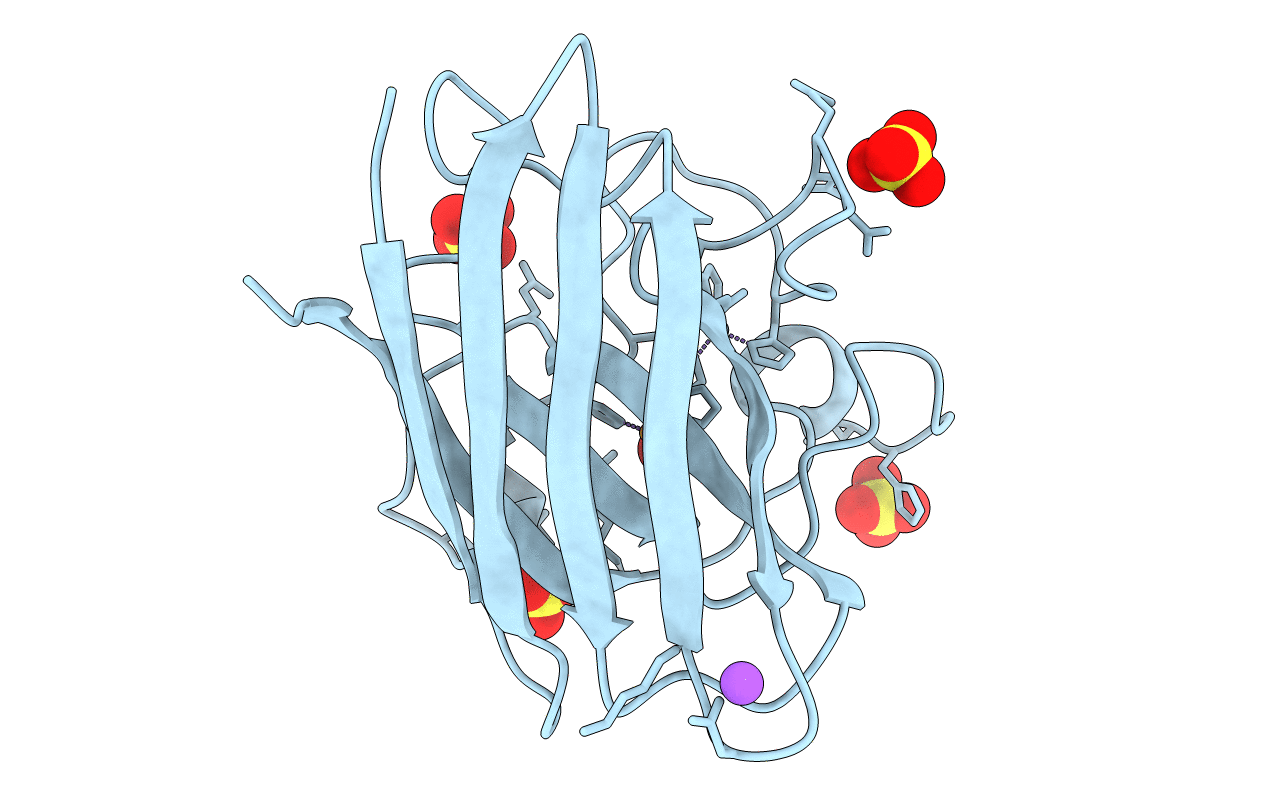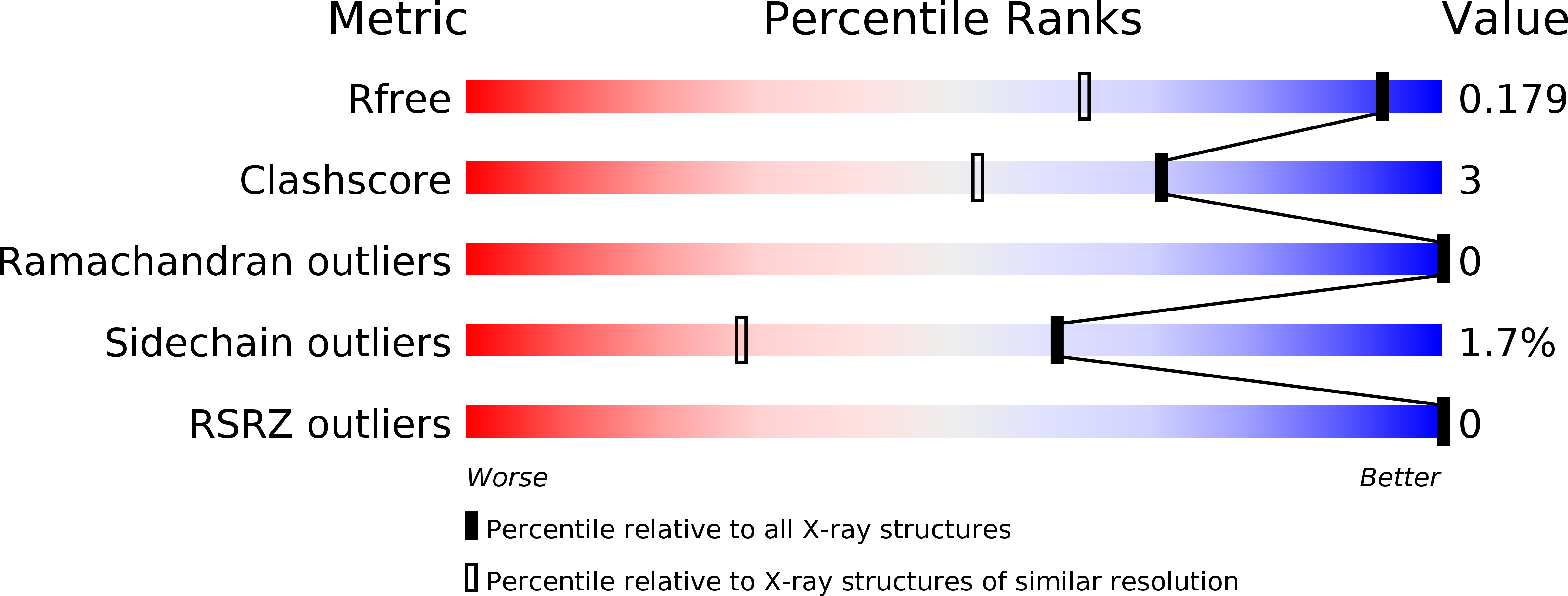
Deposition Date
2008-11-09
Release Date
2009-02-10
Last Version Date
2024-10-30
Entry Detail
PDB ID:
3F7K
Keywords:
Title:
X-ray Crystal Structure of an Alvinella pompejana Cu,Zn Superoxide Dismutase- Hydrogen Peroxide Complex
Biological Source:
Source Organism:
Alvinella pompejana (Taxon ID: 6376)
Host Organism:
Method Details:
Experimental Method:
Resolution:
1.35 Å
R-Value Free:
0.17
R-Value Observed:
0.12
Space Group:
P 61 2 2


